The 2019 Global Assessment Report (GAR)
Emergency Planning
MAY 30, 2019
I have argued elsewhere (Alexander 2017) that the number of times the word 'should' is used in an official document is an inverse indicator of its utility. Unofficial voices have suggested that the 'cure to damage ratio' for natural hazards is 1:43. Disaster Planning and Emergency Management, 18 July 2017. The 'should ratio'.


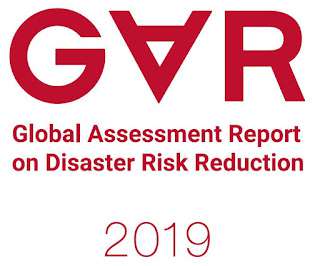
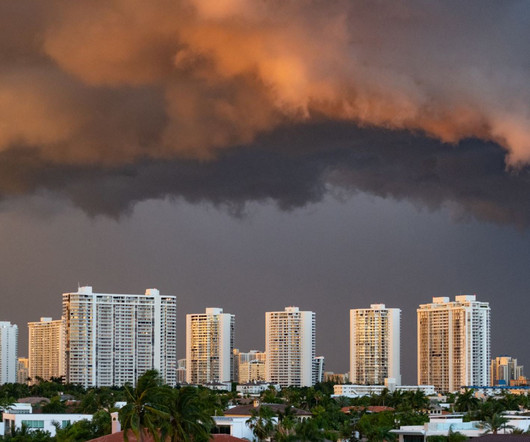





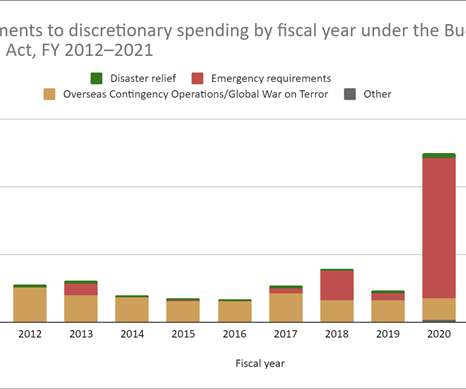
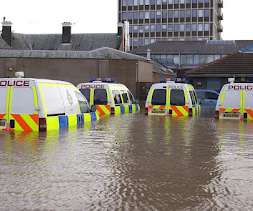
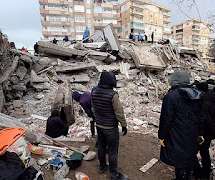









Let's personalize your content